Panicum trachyrhachis
Benth
This species is a robust tall annual, erect up to 2.5 m tall. Leaves are arranged at the base of the plant and along the stem (Fig. 1). Stems are hollow and inflated or spongy at the base (Fig. 2). Leaf blades are narrow, 12-45 cm long, 3-7 mm wide, flat or rolled inwards, hairless, smooth or rough to touch with lower leaves sometimes spongy. Inflorescences or flowering branches terminate the stem and appear well above leaf axils. The inflorescences or flowering branches are large open panicles 30-115 cm long, 7-50 cm wide, with branches arising along a central stem (Fig. 2). Branches in the panicle are often arranged in a series of whorls in which the branches arise from the same point on the stem like the spokes of a wheel, each branch usually carrying a series of secondary branchlets bearing several spikelets (the basic flowering unit) towards the end of each branchlet. The spikelets consist of two glumes, the lower glume subequal or slightly shorter than upper glume, encompassing two florets (modified flowers), the upper floret with a hardened lemma (Fig. 3). The glumes are often held open towards the tip exposing the hardened lemma of the upper floret (Fig. 3).
Botanical Description
An annual species up to 2.5 m tall. The culms or stems are glabrous, the leaf sheaths glabrous or hairy, and the leaf blades hairless, smooth or rough to touch. The leaf blades linear, flat or involute, 12–45 cm long, 3–7 mm wide, the lower leaves rounded with a groove. The inflorescences are very open compound panicles, 30-115 cm long, 7-50 cm wide (Fig. 1). Spikelets 3.7-4.3 mm long, lower glume 2.2-3.5 mm long, upper glume 3-3.6 mm long, each tapered into a drawn out sharp narrow point (acute to long acuminate or aristate) (Fig. 3). The spikelets with both florets shorter than the glumes, the lower floret usually sterile, the upper floret bisexual with a smooth, thick, hardened lemma (Fig. 3). The upper floret has a short stipe at the base which swells at maturity.
Diagnostic Features
Separating species of Panicum takes careful observation of the spikelets and often comparison with herbarium specimens. Panicum trachyrhachis can most easily be identified from other species of Panicum by the spongy/inflated hollow base and spongy lower leaves, and the large habit and flowering head. Spikelet characters which differentiate it are: the lower glume at least 3/4 spikelet length, the lower floret usually sterile, the spikelet between 3.5-5 mm long, the lower glume tapered to a sharp, sometimes drawn out, point, and the somewhat open spikelet exposing the hardened lemma. In this region spikelets are most similar to Panicum mindanense and Panicum seminudum, in addition to the spongy base and robust habit it can be distinguished from the former by the size of the spikelets, which are < 3 mm long in Panicum mindanense, and from the latter by the lower glume shorter rather than more or less equal to the spikelet. The capacity for this species to grow in seasonally inundated habitats may be useful in helping to identify this species. For a key to Australian species see Simon & Alfonso (2011).
Panicum species are usually recognisable by their open, spreading, often compound flowering heads, with a sparse distribution of spikelets towards and at the end of the branches. Spikelets are small and oval in shape and contain a small hard textured bisexual floret inside (Fig. 3). They can be easily confused with some species of Whiteochloa, Yakirra and Arthragrostis, and Megathrysus maximum (Guinea Grass). From Megathrysus maximum they can be distinguished by the smooth surface of the bisexual lemma (Fig. 4) which in Megathyrsus is wrinkled in appearance (Fig. 4). From species of Whiteochloa and Arthragrostis they can be distinguished by the spikelet shape, Panicum spikelets are generally dorsally compressed, i.e. somewhat flattened from front to back so that the spikelet is widest across the back. Both Whiteochloa and Arthragrostis are considered laterally compressed, flattened from side to side, so that the spikelet is widest in side view (Fig. 5a & b). Also in Panicum the rhachilla or stem between the glumes and florets in the spikelet is not easily visible when dissected, whereas it is prominent (under magnification) between glumes and between florets in Whiteochloa, Yakirra, and Arthragrostis.
Habitat
This species is widespread in tropical Australia from Queensland through to Western Australia; also known from Southeast Asia. Usually found growing in woodlands, coastal grasslands, and in semi-aquatic or aquatic habitats including rice fields in Southeast Asia. (Lazarides 2005, Simon 2011, Veldkamp 1996).
Land Management Notes
Panicum are economically important as fodder, food, and weed species, although no specific values are attributed to this species in the available literature (Anderson 2003, Lazarides 2002, Milson 2000, Rolfe et al. 1997).
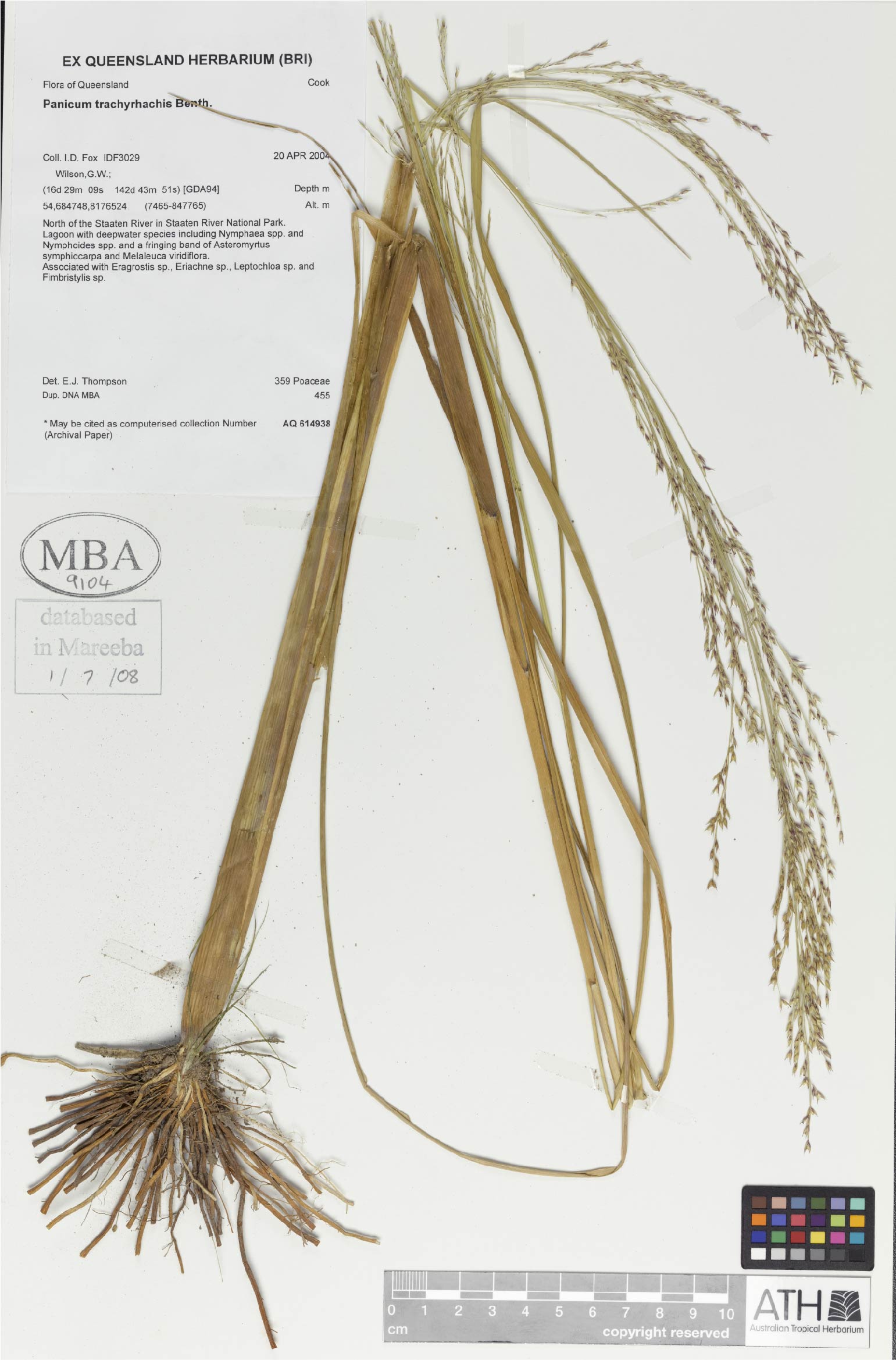
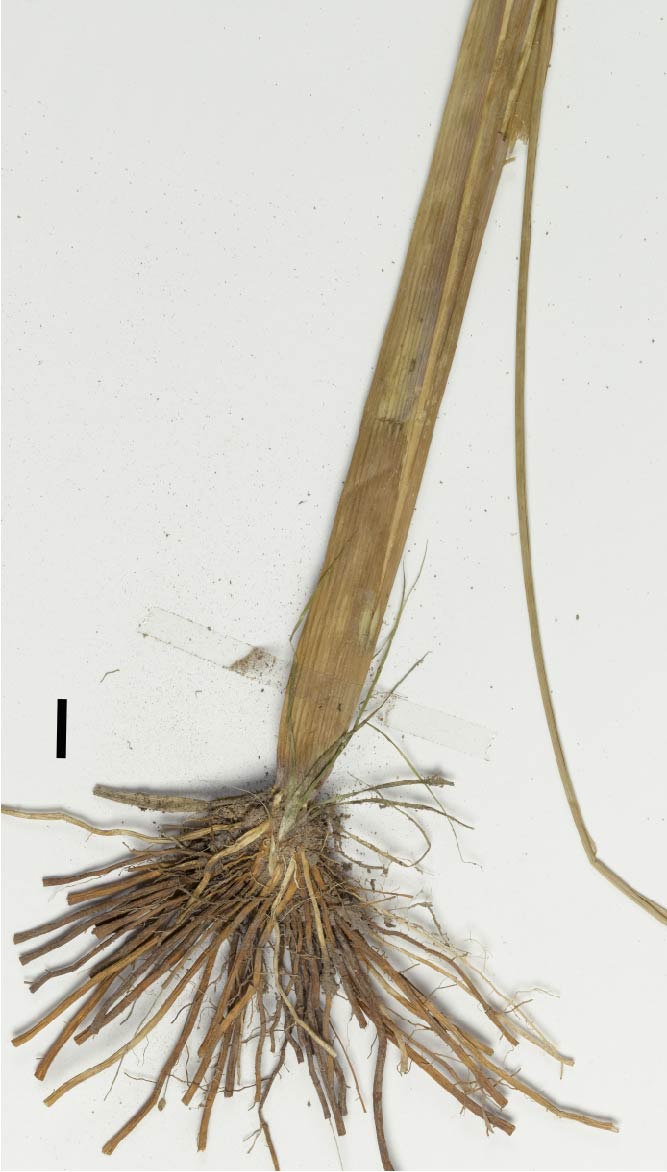
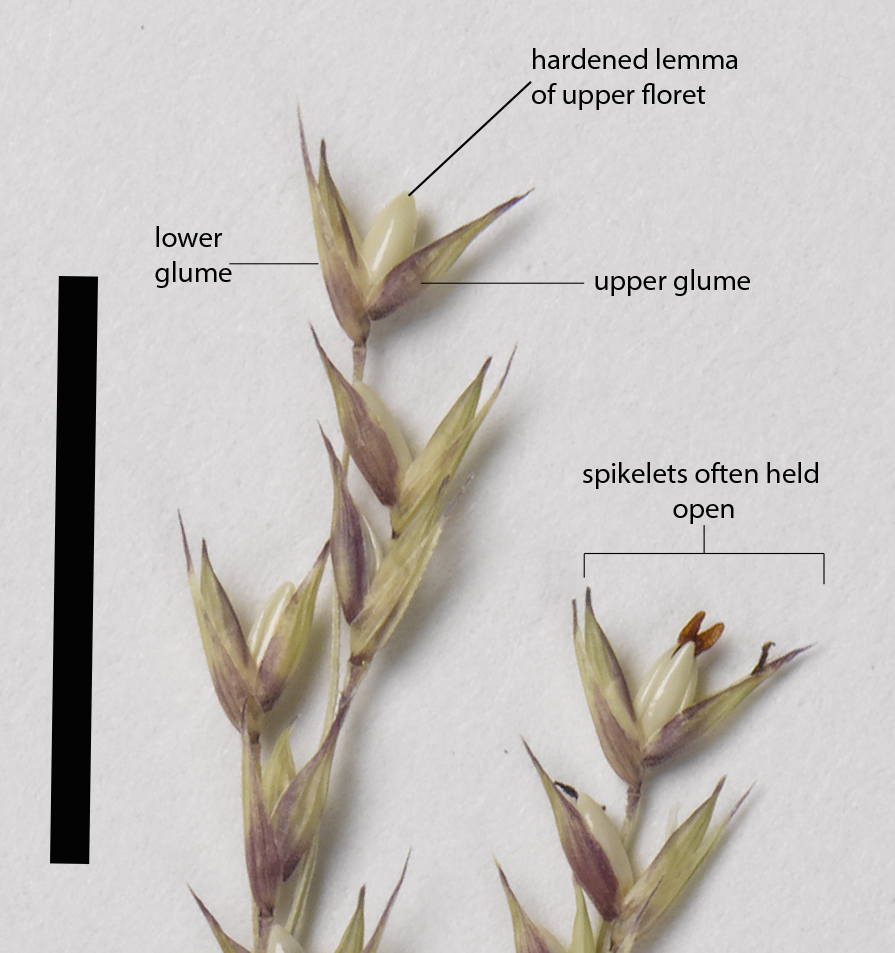
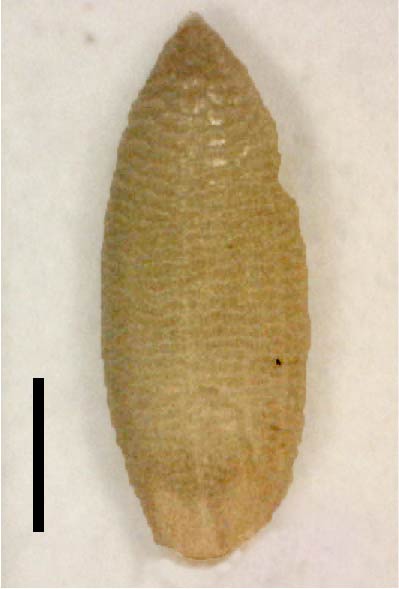
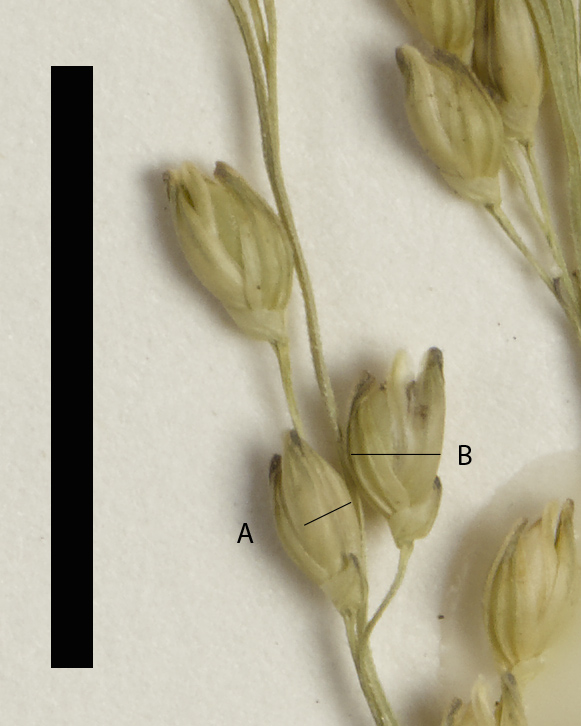
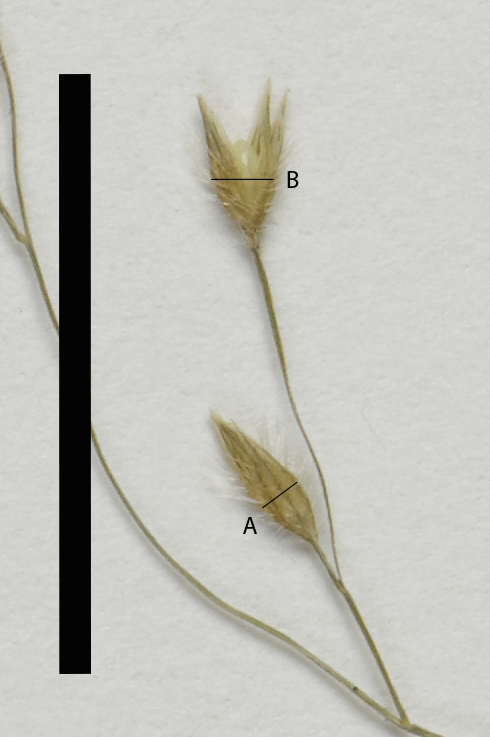
Resources
Anderson, E.R. (2003) Plants of Central Queensland their identification and uses. Information Series Q103069, Queensland Department of Primary Industries.
AVH (2017) Australia’s Virtual Herbarium, Council of Heads of Australasian Herbaria, <http://avh.chah.org.au>, accessed 30 May 2017.
Cowie, I. D. & Short, Philip S. & Osterkamp Madsen, Monika, (2000) Floodplain flora: a flora of the coastal floodplains of the Northern Territory, Australia. Flora of Australia Supplementary Series Number 10. Australian Biological Resources Study: Canberra.
Lazarides, M. (2002) Economic attributes of Australian grasses. Flora of Australia 43: 213-245.
Macfarlane, T.D. (1992) Panicum. In J.R. Wheeler (ed.), B.L. Rye, B.L. Koch & A.J.G. Wilson. Flora of the Kimberley Region. (Western Australian Herbarium, Dept. of Conservation and Land Management Como, W.A.), pp. 1195-1199.
Milson, J. (2000) Pasture plants of north-west Queensland. Information Series Q100015. Queensland Department of Primary Industries.
Rolfe, J., Golding, T. and Cowan, D. (1997) Is your pasture past it? The glove box guide to native pasture identification in north Queensland. Information Series Q197083. Queensland Department of Primary Industries.
Simon, B.K. & Alfonso, Y. (2011) AusGrass2, http://ausgrass2.myspecies.info/accessed on [20 March 2017].
Veldkamp, J.F. (1996) Revision of Panicum and Whiteochloa in Malesia (Gramineae - Paniceae). Blumea 41(1): 207

